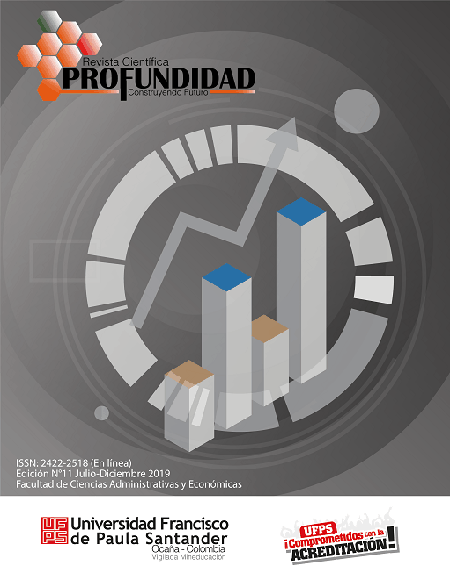Characterization of the ground transport operator gto – on the flower export from Oriente Antioqueño
Caracterización de los operadores de transporte terrestre - OTT - en la exportación de flores procedente del Oriente Antioqueño
Main Article Content
Colombia has more than 250 flowers species and nearly 1,400 varieties among roses, carnations, alstroemerias, chrysanthemums, heliconias, anthuriums, hydrangeas and foliage, that are part of the international offer. Municipalities in el Oriente Antioqueño like: La Ceja, El Carmen de Viboral and Rionegro are the main flower production areas. To take the product abroad, the ground transport operator GTO appears to be in charge linking the output with the air cargo operator ACO. Some of the challenges that the producers face are the improvement of the transfer operations and the flower unload at the cargo terminal of the José María Córdova international Airport – JMCIA. This article presents the characterization of the LTO’s from the vehicle, mobility and the performance of the operations. For the target’s achievement, information was collected through interviews with the carriers, proving that the action from the harvest to the cargo terminal is compelling to the time of delivery process, adequate vehicles, proximity between municipalities and an efficient internal logistics when it comes to each exporting company.
Downloads
Article Details
Asocolflores. (2019). Obtenido de https://asocolflores.org/es/category/noticias/
Chaves, C. y. (2015). https://revfinypolecon.ucatolica.edu.co/article/view/127/2157.
Cornare. (2016). https://www.cornare.gov.co/PlanAccion/2016-2019/Plan-de-Accion-2016-2019.pdf.
Galvis, T. y. (2009). Análisis sobre la evolución reciente del sector de transporte en Colombia. Perfil de Coyuntura Económica, 18.
Galvis, L (2015). El precinto electrónico una herramienta tecnológica aplicada al control de carga terrestre. Recuperado de: https://pdfs.semanticscholar.org/3d34/7b894b0a48cd6b21d1e9dcea94f06d9b8a91.pdf
Granados, C. y. (2007). La Logística del transporte: un elemento estratégico. Manizales: SARACHE, C. W. A, CARDONA A. C.A.
Ministerio de Transporte de Colombia. (2004). Resolución 004100 28 de diciembre.
Procolombia. (2019). https://procolombia.co/noticias/las-flores-colombianas-cautivan-compradores-de-asia. Obtenido de Procolombia.
Quirós, M. L. (2001). Revista Universidad EAFIT.
Quiroz, M. L. (s.f.). La floricultura en Colombia en marco de la Globalización. Universidad EAFIT.
Ruiz, J. M. (2011). Transporte de mercancías por carretera. Marge books.
Vega, J. P. (2019). El Día de la Madre aporta 14% del total en ventas de flores en el mercado local.
Villegas. (2017). Arquitectura y modelo de gestión de operaciones logísticas para una empresa de transporte de carga.










